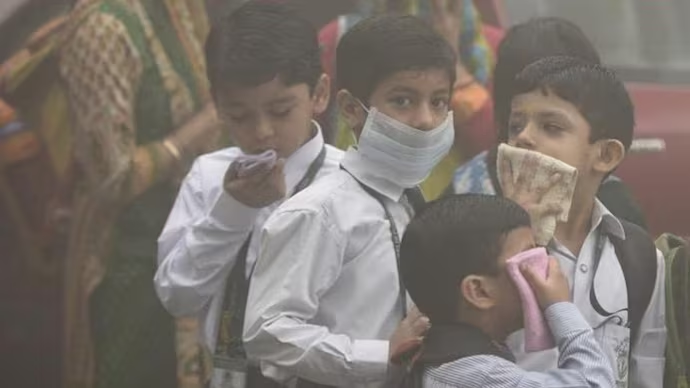As the 2024-25 kharif cotton planting season approaches in North India, stakeholders are bracing themselves for potential challenges that may impact cotton acreages. A combination of factors, including pink bollworm (PBW) infestation, weak cotton prices, and rising labour costs, is expected to influence farmers' decisions regarding crop choices. This article explores the dynamics of cotton cultivation in North India, highlighting the challenges posed by PBW infestation and the trends in crop diversification.
Understanding Pink Bollworm (PBW) Infestation
PBW, a notorious pest within the American bollworm complex, poses a significant threat to cotton crops in North India. The pest, which damages developing cotton fruits by feeding on seeds within bolls, has developed resistance to Bt Cotton, exacerbating the problem. Contributing factors to PBW resistance development include continuous planting of cotton without crop rotation, illegal cultivation of unapproved seeds, and extended cultivation of long-duration hybrids.

Impact on Crop Yield and Economy
PBW infestation has severe repercussions for cotton farmers, leading to significant yield losses and quality deterioration. Entomologists report substantial damage across cotton farms in North India, with Haryana, Punjab, and Rajasthan bearing the brunt of the infestation. Yield losses of up to 90% underscore the economic challenges faced by farmers and the broader implications for the regional economy.
Trends in Cotton Cultivation

In response to the challenges posed by PBW infestation and weak cotton prices, farmers in North India are considering alternative crop options. Fluctuations in cotton acreages have been observed in Punjab, Rajasthan, and Haryana, with some farmers shifting towards crops such as paddy, maize, guar, mung beans, and groundnuts. Factors such as water availability, labour costs, and crop realisations are driving these shifts in cropping patterns.
Expectations for the 2024-25 Season
Despite the prevailing challenges, there is cautious optimism regarding the forthcoming cotton season. Favourable monsoon forecasts and relatively better prices offer hope for a modest increase in cotton acreages. However, concerns persist regarding the lack of advanced technology to combat PBW infestation and the severity of damages observed in certain areas. Farmers remain vigilant as they navigate the uncertainties of the upcoming season.
Conclusion
As North India prepares for the 2024-25 kharif cotton planting season, stakeholders are grappling with complex challenges that may impact cotton cultivation. The threat of pink bollworm infestation, coupled with weak cotton prices and rising labour costs, underscores the need for proactive measures to safeguard farmer livelihoods. While alternative crops offer a pathway to resilience, addressing the root causes of PBW resistance and enhancing agricultural practices remain imperative for the long-term sustainability of the cotton sector in North India

















